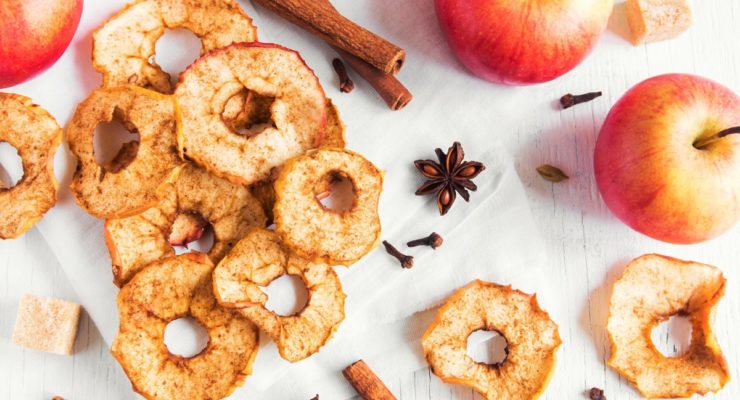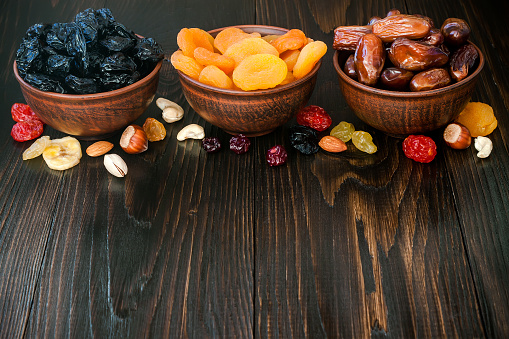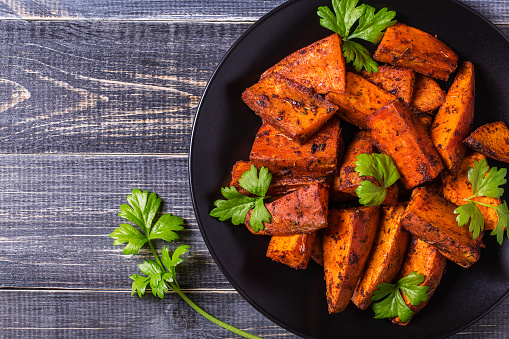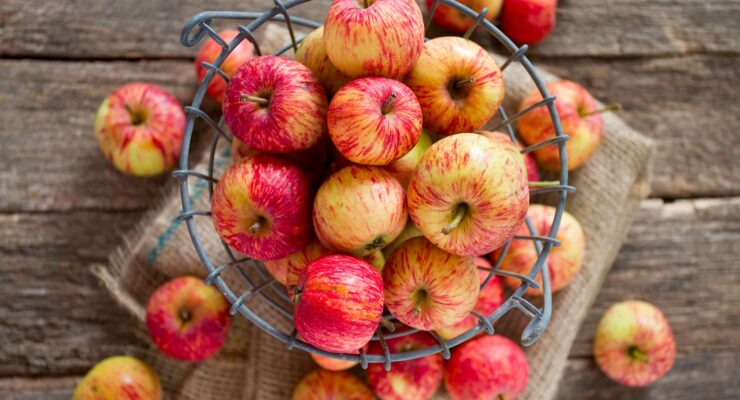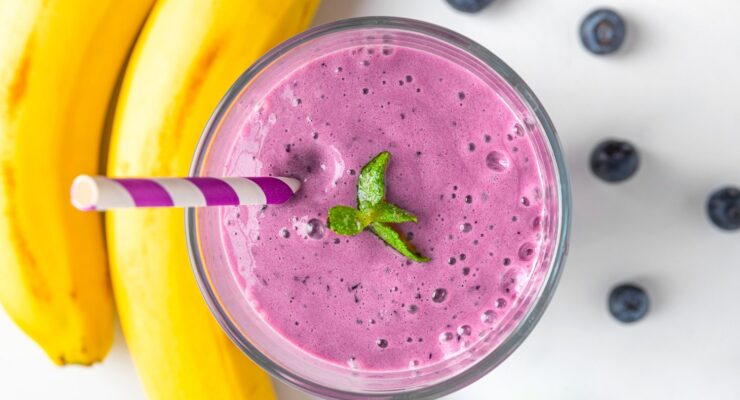Everything You Ever Wanted to Know About Carbs
Article posted in: Diet & Nutrition
What do a candy bar, a slice of white toast, an apple, a cup of broccoli and a bowl of oatmeal have in common?
Though they may seem poles apart nutritionally speaking, they all contain carbohydrates. Your body breaks them all down into the fuel it runs on: sugar, also known as glucose.
But there’s a world of difference between them. There are two kinds of carbs: simple and complex. But if you think one is bad and the other good for you—think again. Here’s what you need to know to make the healthiest choices:
What Are Simple Carbs?
That candy bar and slice of white toast are both simple carbohydrates. But so are the broccoli and the apple as well as other fruits and vegetables. For example, most of the very few calories in spinach come from sugar. Dairy products are also in the same category. But there’s a vast difference in how each of these foods act on your body.
In general, simple carbs contain one or two sugar molecules that are very easily digested and absorbed, which can raise blood sugar—it’s the so-called sugar high—and trigger inflammation, a process that can lead to damage to your arteries and raise your risk of heart attack, stroke, diabetes and dementia, according to the Cleveland Clinic. When you come down from a sugar high—and it happens pretty fast—you can also feel ravenous.
Many simple carbs either contain some kind of sugar (the candy bar has sucrose and apple has fructose, for example, while dairy products contain galactose and lactose) or they’re refined (meaning parts of the grain is removed during processing to make bread or rice white)
Except for fruits, vegetables and dairy products, many simple carbs have very few vitamins, minerals and little fiber, if any—they’re a nutritional zero.
You don’t need to avoid all simple carbs. Feel free to pile on the vegetables and have some fruit every day. The fiber in produce slows down sugar absorption so you don’t get the full blast that raises your blood sugar too quickly. That’s why whole grains, which are complex carbs, are superior to refined grains—their filling fiber is intact. A few servings of low-fat dairy are also important. Their protein keeps blood sugar from soaring and keep your hunger pangs at bay. These “good” simple carbs also contain nutrients you need to stay healthy, such as calcium, vitamin A, B vitamins and antioxidants.
Foods you should keep on the limited list? No surprise: candy, regular soda, syrup, table sugar, refined grains and products with added sugars such as cake, ice cream and even some flavored and sweetened yogurts.
What Are Complex Carbs?
Whole grains like oatmeal and brown rice are complex carbs. So are legumes (beans) and starchy veggies. They contain three or more sugar molecules which take longer to digest, keeping your blood sugar levels (not to mention your appetite) steady. They’re also nutritional powerhouses, chock full of fiber, vitamins, minerals and antioxidants. Most are also lower on the Glycemic Index (GI), a ranking of how individual foods raise blood sugar.
Complex carbs include whole grain products such as bread, pasta, quinoa, and brown rice; starchy vegetables such as potatoes, corn, and parsnips; and legumes, such as peas, beans and lentils.

